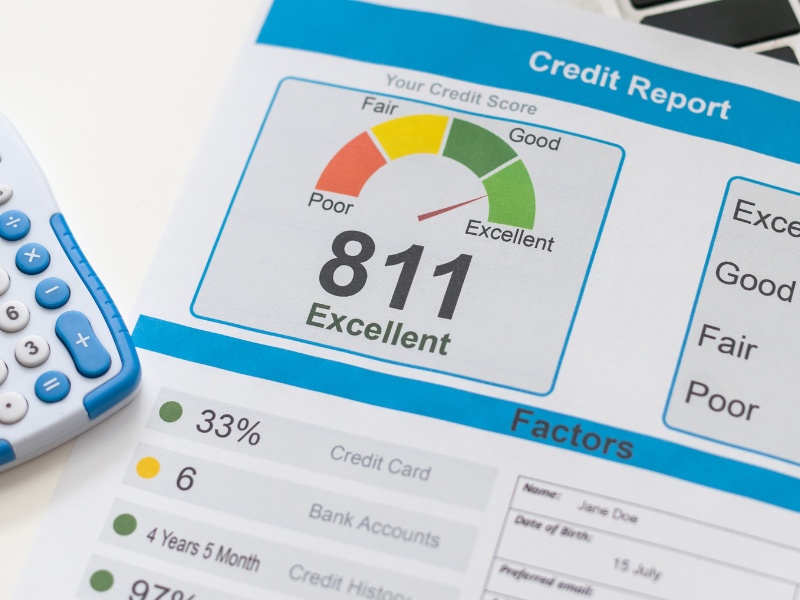Introduction
Securing a mortgage is one of the most significant financial decisions you’ll make in your lifetime. With various options available, navigating the mortgage landscape can be overwhelming. This guide provides actionable steps and valuable insights to help you secure the best mortgage for your needs.
1. Understand Your Financial Situation
Before you start shopping for a mortgage, it’s essential to have a clear understanding of your financial situation. Consider the following:
- Credit Score: Check your credit score and understand how it impacts your mortgage rates. A higher credit score typically leads to better interest rates.
- Income and Employment: Lenders will evaluate your income stability and employment history to assess your ability to repay the loan.
- Debt-to-Income Ratio (DTI): Calculate your DTI, which compares your monthly debt payments to your gross monthly income. Most lenders prefer a DTI of 43% or lower.
- Savings and Assets: Determine how much you have saved for a down payment and closing costs, as well as any additional reserves that may be required.
2. Research Mortgage Types
Familiarize yourself with different types of mortgages to find the one that suits your needs:
- Fixed-Rate Mortgages: These loans have a fixed interest rate for the life of the loan, making your monthly payments predictable.
- Adjustable-Rate Mortgages (ARMs): These have a lower initial rate that adjusts after a set period. While they can offer lower initial payments, they come with the risk of future rate increases.
- FHA Loans: Insured by the Federal Housing Administration, these loans require lower down payments and are ideal for first-time homebuyers.
- VA Loans: Available to veterans and active-duty military, VA loans often require no down payment and have favorable terms.
- Jumbo Loans: For properties that exceed conforming loan limits, jumbo loans typically have stricter credit requirements.
3. Get Pre-Approved
Before house hunting, seek pre-approval from a lender. This process involves a thorough review of your financial situation, giving you a better idea of how much you can borrow. Benefits of getting pre-approved include:
- Stronger negotiating power with sellers.
- A clearer understanding of your budget.
- Speeding up the closing process once you find a home.
4. Shop Around for Lenders
Don’t settle for the first mortgage offer you receive. Shop around and compare lenders. Consider the following factors:
- Interest Rates: Even a small difference in rates can significantly impact your monthly payment and total loan cost.
- Fees and Closing Costs: Review all fees associated with the loan, including origination fees, appraisal fees, and closing costs.
- Lender Reputation: Research lender reviews and customer experiences to ensure you choose a reputable lender.
5. Understand the Loan Terms
Before committing to a mortgage, ensure you understand the loan terms, including:
- Loan Amount: The total amount you’ll be borrowing.
- Interest Rate: The cost of borrowing money, expressed as a percentage of the loan amount.
- Loan Term: The length of time you’ll be repaying the loan, commonly 15 or 30 years.
- Monthly Payment: The total amount you’ll be required to pay each month, including principal, interest, taxes, and insurance.
- Prepayment Penalties: Check if there are penalties for paying off the loan early.
6. Prepare for Closing
Once you’ve secured a mortgage, prepare for the closing process:
- Documentation: Gather necessary documents, such as proof of income, tax returns, and bank statements.
- Final Walkthrough: Conduct a final walkthrough of the property to ensure everything is in order before closing.
- Review Closing Disclosure: This document outlines your loan terms and closing costs. Review it carefully to ensure accuracy.
- Funds for Closing: Ensure you have the necessary funds available for closing costs, typically due on the day of closing.
7. Post-Closing Tips
After closing, consider these tips for managing your mortgage effectively:
- Set Up Automatic Payments: Consider setting up automatic payments to avoid missed payments and potential late fees.
- Monitor Your Mortgage: Keep track of your mortgage statements and stay informed about your loan balance and payment history.
- Consider Refinancing: If interest rates drop significantly, explore refinancing options to potentially lower your monthly payments.
- Maintain Communication with Your Lender: Stay in touch with your lender, especially if you encounter financial difficulties.
Conclusion
Securing the best mortgage is a critical step in achieving your homeownership dreams. By understanding your financial situation, researching mortgage types, getting pre-approved, and shopping around for lenders, you can make informed decisions that align with your financial goals. With careful planning and consideration, you can navigate the mortgage process with confidence, ensuring a successful home buying experience.

